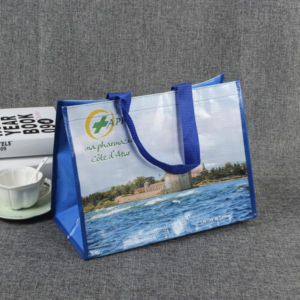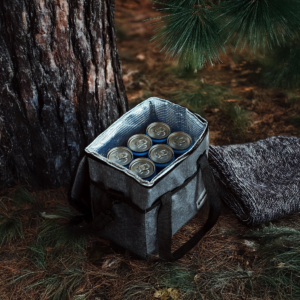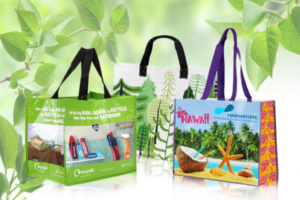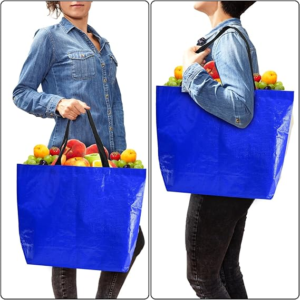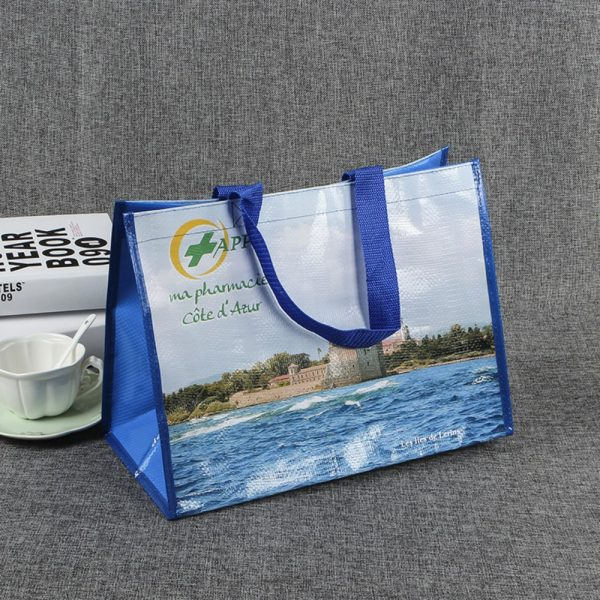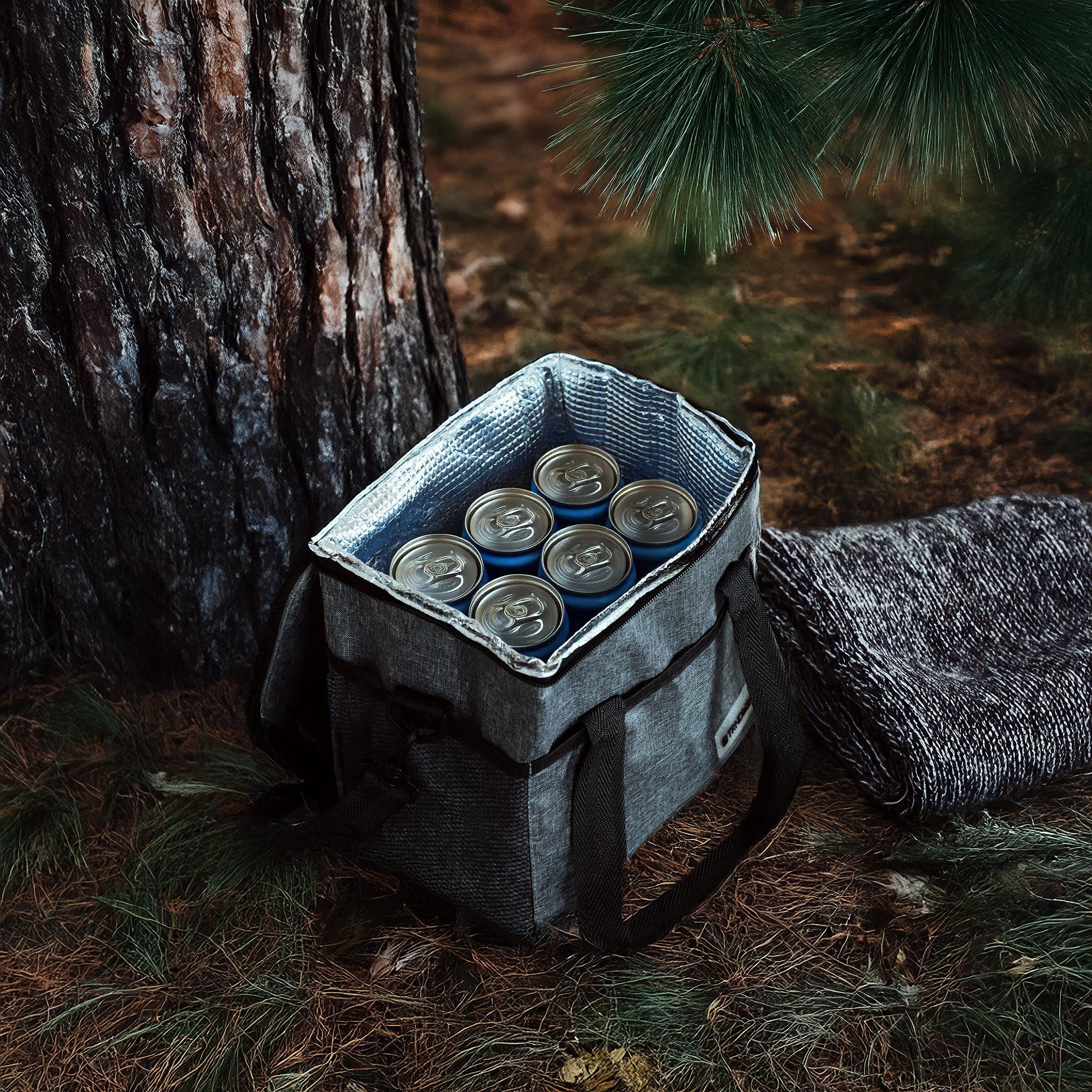When selecting materials for your export products, understanding the differences between Oxford fabric and nylon fabric is essential. Below is a comprehensive comparison to help you make an informed decision.
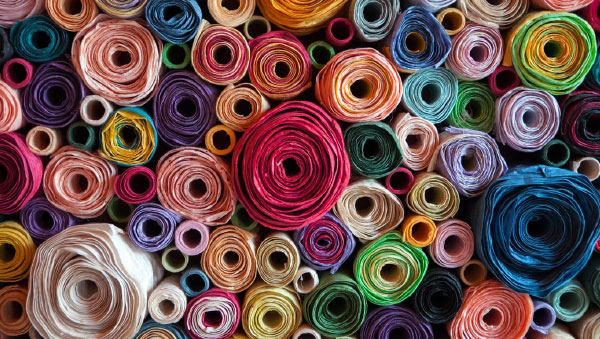
| Feature | Oxford Fabric | Nylon Fabric |
|---|---|---|
| Material Composition | Made from woven cotton or polyester blends | Made from synthetic polyamide fibers |
| Durability | Generally strong but can vary based on denier | Highly durable and resistant to abrasion |
| Weight | Heavier than nylon, varies by denier | Lightweight and flexible |
| Water Resistance | Moderate, often treated for water resistance | Excellent water resistance, dries quickly |
| Breathability | More breathable due to natural fibers | Less breathable; can trap heat |
| Cost | Typically more affordable | Can be more expensive due to synthetic production |
| Applications | Ideal for bags, furniture, and clothing | Commonly used for activewear, tents, and outdoor gear |
| Color Retention | Good color retention, may fade over time | Excellent color retention; resistant to fading |
| Ease of Care | Generally easy to clean; machine washable | Easy to clean; quick-drying |
Conclusion
Both Oxford fabric and nylon fabric have their unique advantages and disadvantages. Your choice will depend on the specific requirements of your products and your target market. If you need a durable and versatile fabric for various applications, Oxford fabric may be the right choice. However, if lightweight and water-resistant properties are essential, nylon fabric could be more suitable. Consider your product's intended use to make the best decision for your export business.



